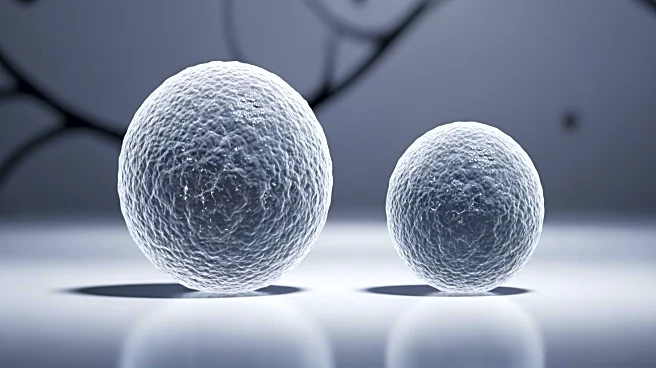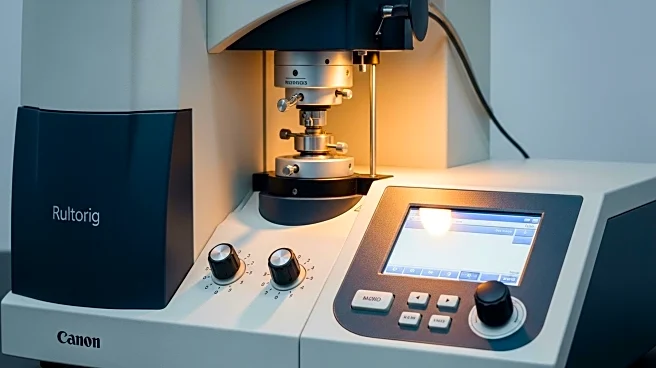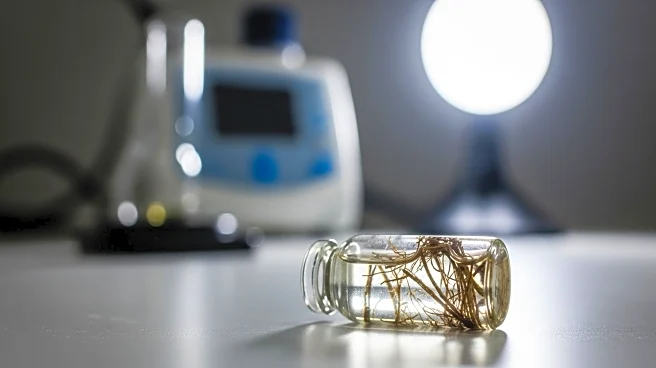What's Happening?
A recent study has examined the effects of silica particle size on the mechanical, surface, and printing-trueness properties of 3D-printing dental resin. The research found that larger silica particles enhance flexural strength and hardness but result in rougher surfaces, while nano-sized silica improves the degree of conversion and produces smoother surfaces with a whitening effect. Despite these differences, printing trueness was not significantly affected by particle size. The study compared small particles (5–20 nm) and large particles (0.5–10 μm) at concentrations of 1 wt% and 2 wt%, revealing that silica size influences mechanical and surface outcomes but not printing accuracy.
Why It's Important?
Understanding the impact of silica particle size on dental resin properties is crucial for optimizing dental restorations. The findings suggest that while larger particles improve strength, they may compromise surface smoothness, which is important for aesthetic and biological properties. Nano-sized particles offer smoother surfaces, potentially reducing biofilm accumulation and cytotoxicity. This research provides valuable insights for dental professionals and manufacturers in selecting appropriate silica particle sizes to balance mechanical strength and surface quality in dental applications.
What's Next?
Future research will explore higher or intermediate levels of silica concentration to identify the optimal balance between flexural strength, degree of conversion, surface roughness, and trueness. The study suggests that careful adjustment of filler size and concentration, along with the use of pigment or opaquer, is recommended to mitigate excessive whitening and ensure aesthetic harmony in dental restorations.
Beyond the Headlines
The study highlights the importance of considering particle size in achieving the optimal trade-off between mechanical properties and filler characterization. The presence of nanoparticles demonstrated a distinct enhancement effect, suggesting that smaller nanoparticles cause increased light scattering, leading to a higher degree of conversion. This research supports the importance of particle size in optimizing dental resin formulations for superior performance and long-term use.











